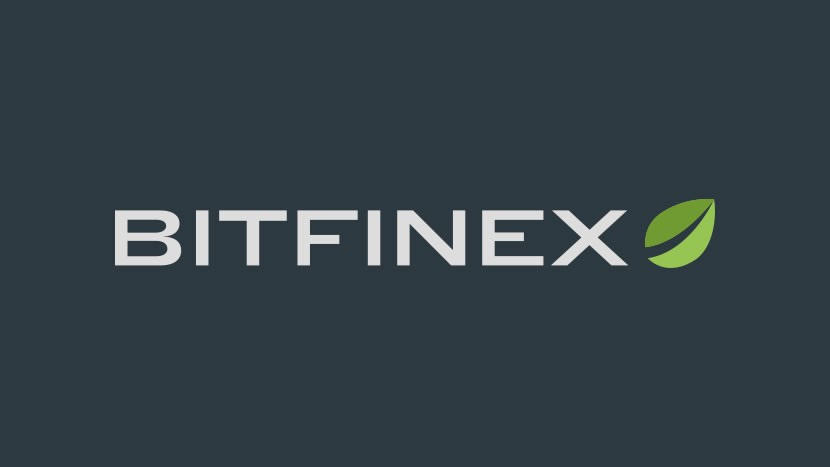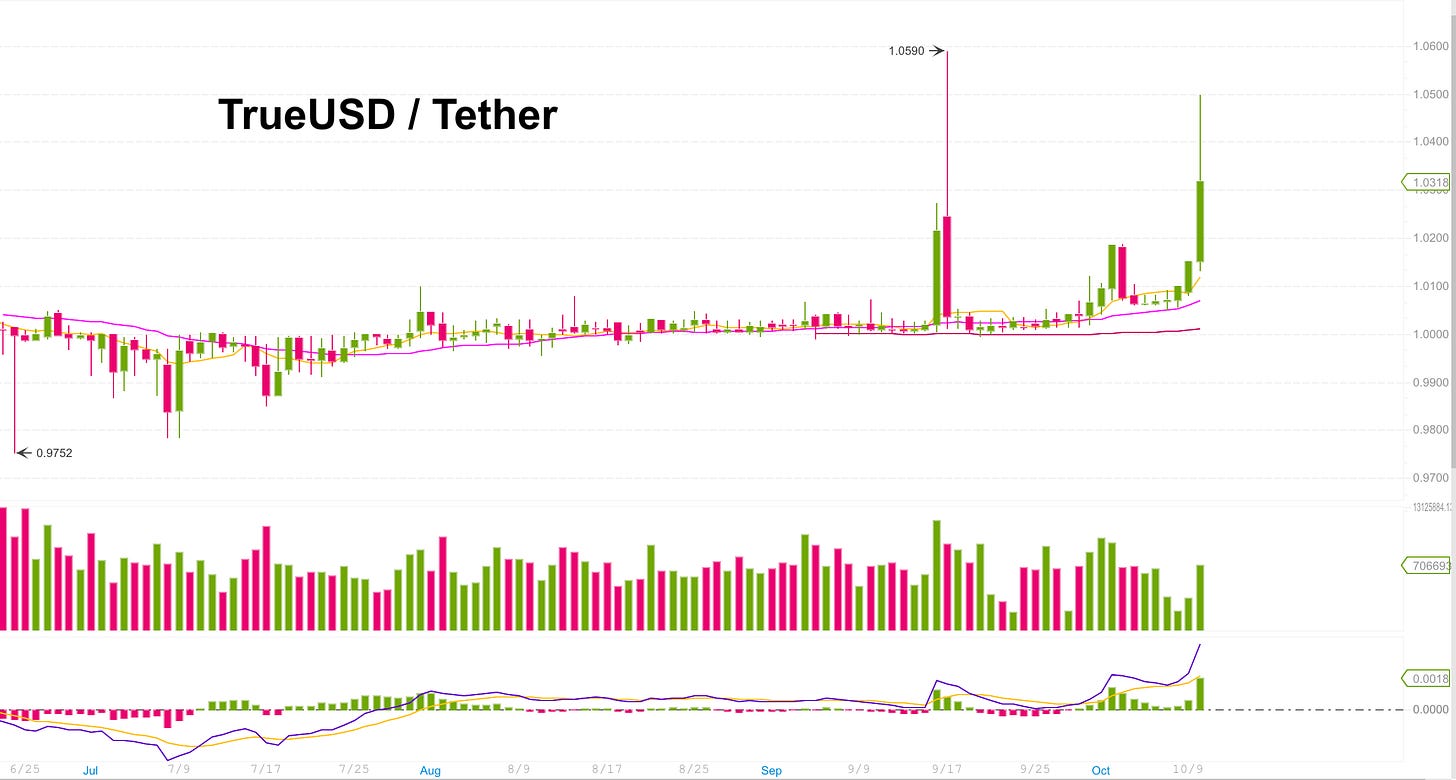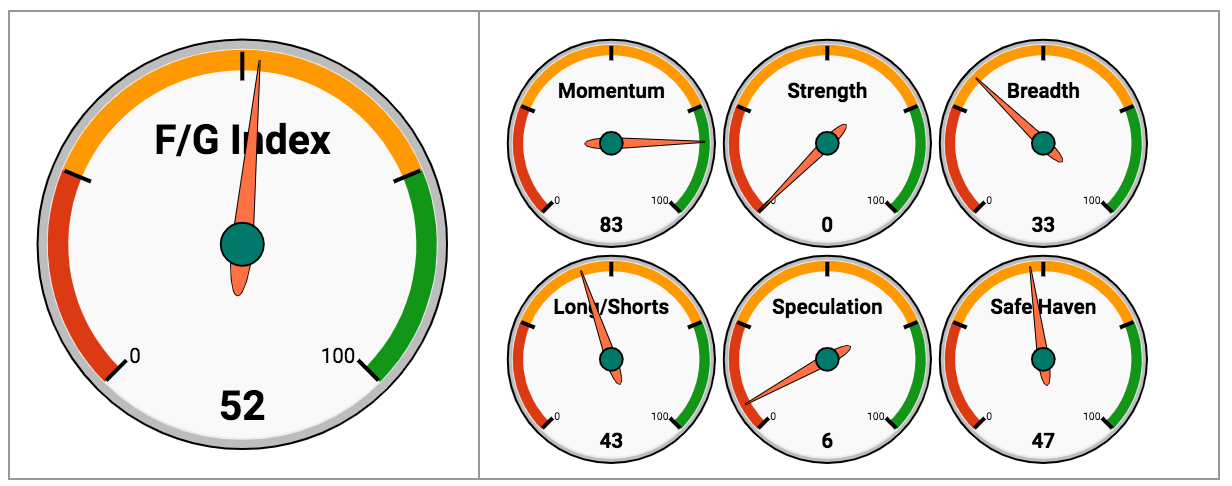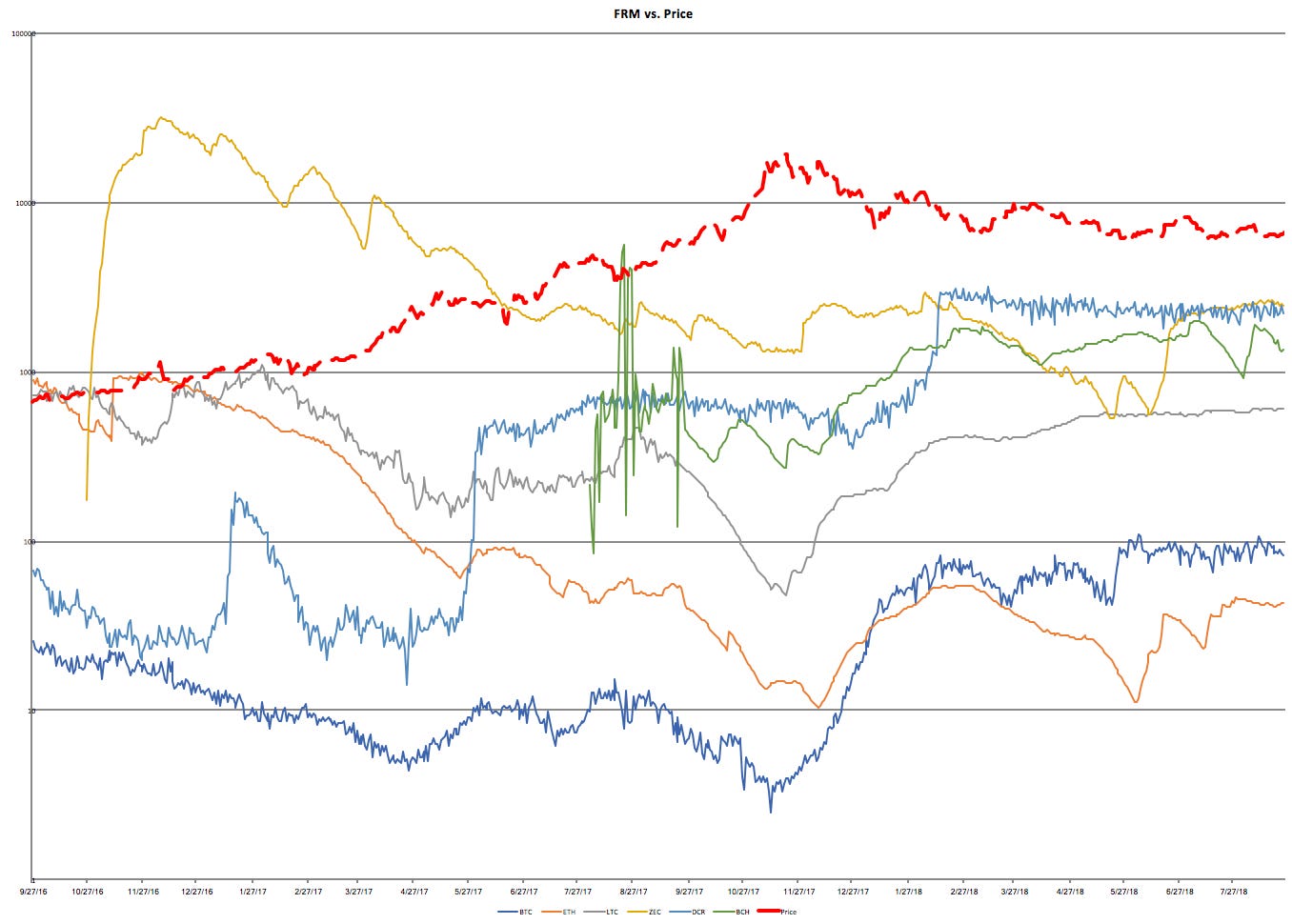
🔥Yesterday wasn’t a pretty day at all for the markets. We experienced a draw down the like of which we haven’t seen for a full month! Which is about 20 years in the cryptocurrency world. On the upside, we have plenty of infrastructure building, institutional interest, and good developments coming our way.

3 things you need to know:
One: Bitfinex suspends USD deposits, sending regulated stablecoin premiums higher.

As reported by The Block this morning, Bitfinex has suspended all USD deposits. Over the past few days, we’ve seen an uptick in Paxos/Tether and TrueUSD/Tether premium, and a large spike before this announcement (likely due to early knowledge of this event).


Bitfinex has run into it’s fair share of issues, and has a relatively controversial history of hacks, illegal operations and accusations of market manipulation. Just last week, it had to respond to rumors of insolvency with an aggressive blogpost about it’s financial situation. A week before these USD withdrawal issues became apparent, Bitfinex released the following statement:
Both fiat and cryptocurrency withdrawals are functioning as normal. Verified Bitfinex users can freely withdraw Euros, Japanese Yen, Pounds Sterling and U.S. Dollars. Complications continue to exist for us in the domain of fiat transactions, as they do for most cryptocurrency-related organisations. However, we continue to do our utmost to minimise any waiting times associated with fiat deposits and withdrawals.
Big picture: The situation has obviously changed, and the outcome will significantly impact the cryptocurrency markets. Generally, I’m of the opinion that Bitfinex is solvent, and Tether is relatively solid. The market tends to overreact to situations like this, and it may have been part of the reason for this recent BTC dip.
Two: The crypto hedge fund scene is growing, with Harvard, Stanford, MIT Endowments all investing in crypto funds

Over the last week, we’ve seen some big names putting their money into the cryptocurrency space, bringing hope to the thousands of beleaguered twitter investors crying “when moon”.
On a macro level, crypto hedge funds are just beginning to heat up. According to a joint press release by CryptoGlobe and Crypto Fund Research, 90 crypto hedge funds launched in the first three quarters of 2018, putting us on track for 120 by year end.
Despite recent softness in the digital asset markets, hedge funds are not slowing down. New funds continue to emerge, illustrating the confidence of early capital/investors in the space and its potential for massive growth
Usually, a proliferation of hedge funds occurs in a bull market, but crypto funds continue to pop up in the bear market. This type of behavior is not sustainable in the long term, but in the sector’s infancy state, who knows how long it will last
Crypto hedge funds max out at around $4bn AUM
Crypto hedge funds are also down big-time YTD, with Pantera reportedly down around 72%…
Key takeaway: Institutional interest in the cryptocurrency space continues to grow. As you’re picking your next investment, think about where the money is going to flow. Are institutions going to be picking up coins on unregulated exchanges like IDEX? Binance? Probably not. Are they going to invest in well known coins, and thoroughly backed exchanges? Seems more likely.
Three: Another day, another Stablecoin. Japanese tech firm, GMO, is releasing GJY — an ERC-20 pegged to the Japanese Yen

The new stablecoin will be known as the GJY (GMO Japanese Yen), and the assets underlying the stablecoin issuance will be domiciled in Japan, where the firm has preexisting banking licenses.
Key details:
The stablecoin will help GMO enter into the remittance and settlements industry, which will help them settle transactions for its other businesses, including a mining farm and crypto exchange
The number of stablecoins globally stands at around 57, with only 23 having a circulating supply
This announcement comes on the back of the Paxos, Circle, and Gemini stablecoin.
If you want to launch a business, consider launching a stablecoin. It’s clearly becoming a no-so-funny joke at this point. Over the next year, expect to see a huge proliferation of stablecoins pegged to a variety of different “assets”. Over the next 3 years, expect to see most of these get shut down, or fail miserably. This is a winner take all space, and with no differentiation
Watch out for this: Central bank issued tokens, that would be pegged. The Saint Louis Fed released a fascinating report a couple months ago on the feasibility and need for a digital equivalent to cash — a role stable coins would fill nicely.
Go deeper: check out the press release
Something fun: Crazy Russian exchange, Yobit, is promised to pump a random coin, and followed through

And of course, they chose to pump Putincoin.
Here’s some striking insight from CryptoGlobe:
“The move may be considered a pump and dump scheme in the eyes of regulators.”
Also in the news:
Major Canadian Crypto Exchange QuadrigaCX Clashes with Bank over $22 Million in Frozen Funds
India Making Plans to Launch Its Own Government Backed Cryptocurrency
Hacked Japanese Crypto Exchange Zaif Releases Financial Support Plan for Customer Assets
Gemini Taps Wall Street Exec to Attract Institutional Crypto Investors
Market Outlook:
Quick Take

Direction: As called, the break of 6500 sent us tumbling down an additional 5%. Hope you had your short placed!
Check out the second candle away from the major drop. You can see that we fell out of the ranging channel, and failed a retest to break through. That was a clear sign that we were going to follow through on this drop. Now the key level is the familiar 6180, where there has historically been a large amount of buy pressure. We’re currently locked in a tight range, between 6180 and 6215.
Key Support: 6180
Key Resistance: 6215
Actions: I closed out all positions, and will play the breakout on either side of 6215 (will go long if we break above) or 6180 (will go short if we break below).
Altcoins: Alts are looking stronger this time around, and were looking much weaker the last time we broke down. This is an overall bullish sign, and I believe in the next 2-3 months we will see significant appreciation from select alts that have found a price floor. Look for coins that have bottomed out, but historically have reacted hard. I’m looking at BNB, NPXS, and all the coinbase potential additions like XLM, ADA, etc. (especially after the ZRX addition today).
Fear & Greed
F&G is decidedly neutral, although momentum is still high.

Here’s a reminder of what these criteria mean

CoinSavage: Truth in Crypto
There’s a big problem with crypto trading. Too many fraudulent actors. People actually take trade signals from random people in twitter— with no way to vet anything.
CoinSavage is the platform to change all of that. They have built a fantastic (and free) platform where all portfolios, trades, and ideas are open sourced and timestamped. No more hindsight TA, now you can actually see for yourself if people are performing, and prove to your audience you know what you’re talking about.
Around the corner:
What I’m thinking today:
Full Article: Introducing: Fee Ratio Multiple (FRM)
You’re in for a treat today, with a guest post about the newly created FRM ratio by none other than @CryptoChat himself. Follow him on twitter, and check out his medium posts for some fantastic insights. Click the link above to see the full article, and clap it up if you like the summary below.
Novel features like on-chain governance, privacy, and throughput are ultimately insignificant if the underlying network cannot maintain resilience versus attacks from economically motivated and/or nation state actors.
To date, fundamental metrics have focused on performance, usage, and price: examples include Network Value to Transaction Ratio (NVT), Cost of Production Ratio, , and the recently introduced Market Value to Realized Value Ratio (MVRV).
The Fee Ratio Multiple (FRM) – calculated as Miner Revenue [inflation + transaction fees] / Transaction Fees — looks beyond price, usage, and performance, focusing instead on chain security.
FRM provides immediate insight into the extent to which a chain’s security is currently subsidized by inflation. A low FRM indicates that a chain’s current security is being significantly sustained by transaction fee revenue. Conversely, a high FRM indicates that inflationary rewards (via coinbase) make up the majority of miner revenue.
As miners will only continue securing the network if they are making money, it is important to understand where miner revenues are coming from. FRM is especially important in the context of the disinflationary monetary policies adopted by Bitcoin and its various imitations, as the rate of inflation will necessarily fall over time, reducing miner revenues from block rewards and restricting them to revenues from transaction fees.
If FRM is relatively high (BCH: 1337x, ZEC: 2430x BTC: 81x) then we might reasonably infer that the network’s security will fall dramatically as inflation falls – unless, of course transaction fee revenue rises proportionally over that time period.
Charting FRM for various networks over time reveals some interesting trends, especially once you observe correlations with price.

BTC FRM has increased in the past year, despite an increase in price YTD.
ETH FRM has decreased in the past year, despite a decrease in price YTD.
It is difficult, if not impossible, to empirically deduce why these trends have emerged, but we can definitively infer that ETH usage (measured via transaction fees) is up, while BTC usage is down.
FRM has further implicit implications beyond security.
A network with a low-to-perfect FRM (perfect being 1) can maintain sufficient security with low-to-zero inflation. Conversely, a network with a medium-to-high FRM will require substantial inflation in order to incentivize miners to keep securing the chain. As investors searching for a long-term store of value, we might reasonably conclude that a low FRM positions a network to be a relatively stronger store of value.
The implications for BTC are not particularly rosy. FRM is on the rise and the increasingly popular narrative of ‘holding as using’ will only further push the network away from resilience via security.
The implications for ETH are better, although it is by no means out of the woods just yet. FRM is decreasing over time and the nature of Ethereum as a platform for decentralized applications means that demand for usage, via transaction fees, could feasibly continue to move up and to the right over time. Moreover, of the networks measured, Ethereum is in the strongest position to scale throughput to the levels required to process the 43x increase in transaction demand.
Join the conversation on Telegram and Twitter
If you ❤️ our newsletter, tell your friends about us!
CryptoAM is a Ledger Group project. We offer consultancy, advisory and research services for established companies and start-ups interested in the blockchain & digital asset space.


